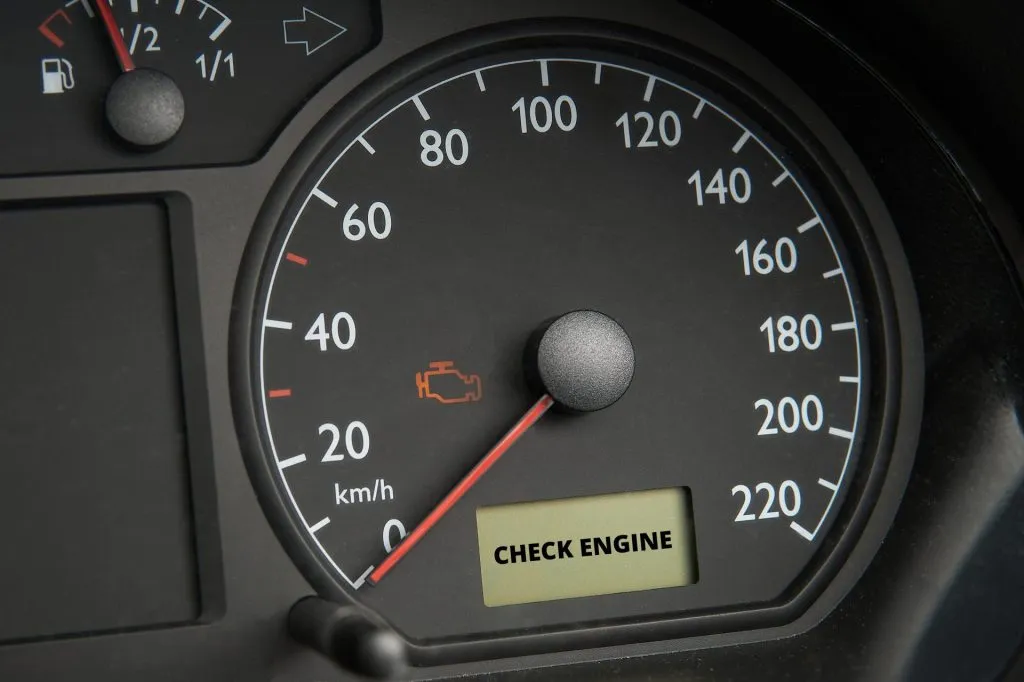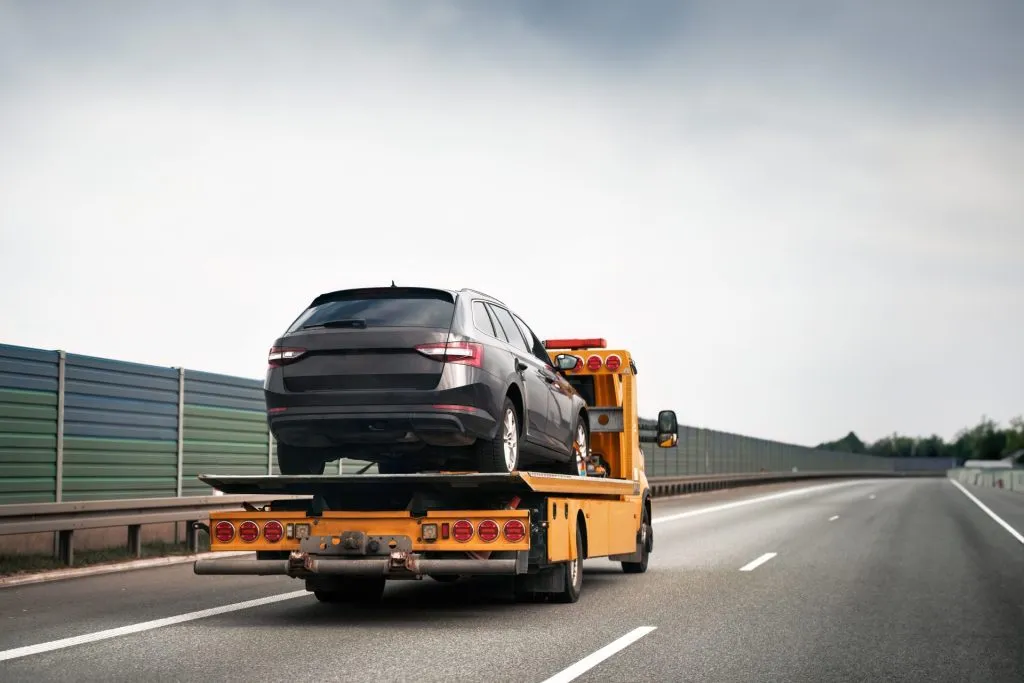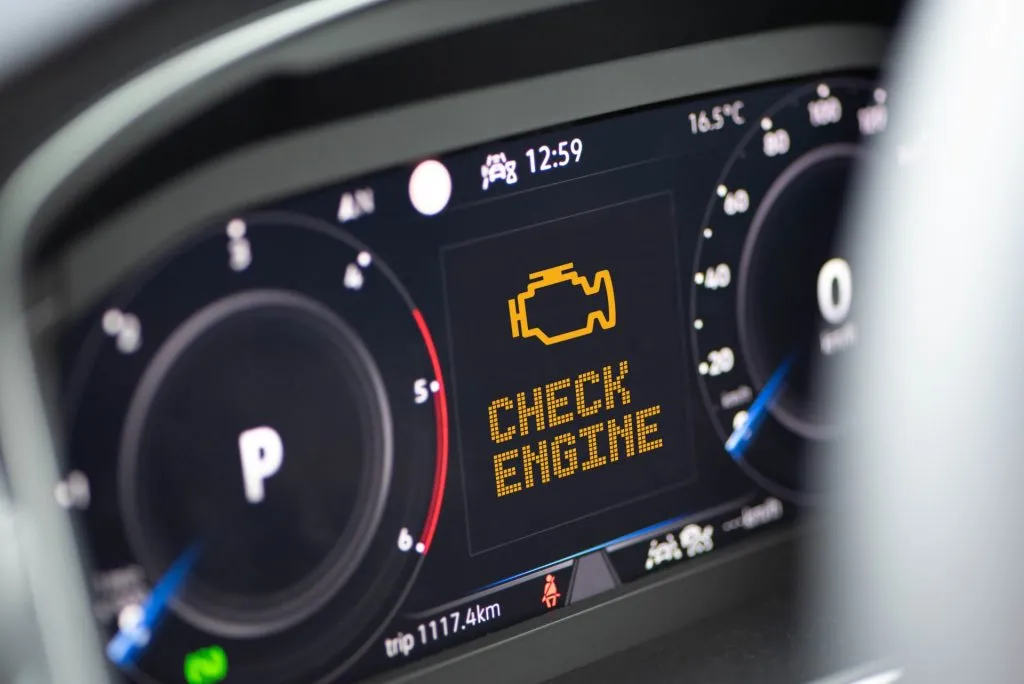What Causes an Engine Seize: Understanding Your Locked Car Engine
What is an Engine Seize?
Think of a situation when sounds start coming out of your car’s engine while driving and the car stops running. You start it again, and it runs for a minute and then turns off, and the engine stops cranking. Apparently, the engine locked up. You have to tow it to a mechanic and after the diagnostics he tells you that you either have to replace the engine or just sell it to them for a junkyard value.
This is quite a common outcome of an engine seizure. An engine seize is a total breakdown where the internal components of the engine get stuck and can no longer move freely, and the engine itself becomes rigid. It can occur very rapidly and will certainly cause major damage if not addressed on an emergency basis.

What does it mean when an engine is seized?
In situations like the one described above, when an engine locked up while driving, the engine parts that rotate and move, such as the pistons and crankshaft, ceased to operate. It could be caused by such factors as loss of lubrication, overheating, or rusting.
For example, let’s have a look at the piston and cylinder. They must very tightly fit one another. The piston is just barely small enough to fit within the cylinder. Should one of the pistons be damaged in such a way as to begin to grip the walls, it can easily become wedged. It will immediately stop. Since it is physically connected to the other moving parts of the engine, and they are moving quite fast, the forces jamming it in are absolutely huge. Things will start bending and breaking, and the piston can become effectively fused to the cylinder.
In essence, the locked motor is dead, and attempting to crank it will only be causing more harm. It would be far cheaper to build a new engine from scratch than to repair this one.
How does a seized engine affect your vehicle?
A seized engine stops a car dead. Without an operational engine, a car will neither start nor move, and you will be left stranded. Additionally, fixing or replacing the engine is very costly, and this impacts your finances.

What are the signs that your car’s engine is seized?
Some of the typical symptoms of having a motor locked upare unusual sounds from the engine compartment, inability of the engine to turn over if you start the engine, and dashboard warning lights. As for other symptoms, smoke coming out or smoky smell are quite common in the event when the engine had been severely over-heated.
What Causes an Engine to Seize?
Why does lack of lubrication lead to engine seizure?
Running an engine without oil is like a person running a marathon without hydration. Oil prevents the moving parts from rubbing against each other. Otherwise, the parts will overheat and wear out at a very high rate without lubrication. Metal parts will weld together if they overheat, and this will make the engine seize.
So, never take an oil warning lightly. If you see oil pressure drop or see the red oil light come on, stop, pull over, shut off the car, and get it towed to the nearest workshop. That is the only way to save your engine if it runs out of oil. Or, if you carry oil in the vehicle, add some oil to your engine until the dipstick has oil on it. Remember, when checking the dipstick, pull it out, wipe it off, and dip it one more time for an accurate reading.
Otherwise, it will most likely be a several thousand dollar repair that could have been avoided with an oil top up and a trip to the mechanic.
What role does overheating play in engine seize?
One of the most common causes of an engine locking up is overheating. When an engine overruns, the metal gets hot and expands, and costly pieces warp or weld themselves together in one single piece. The end result is a 100% dead engine that can’t be fixed in any practical sense of the word.
Can rust in the engine components cause a locked-up engine?
Rusting is also one of the relevant reasons behind the engine seizure. Water ingress leads to corrosion of the internal components. Rust jams passages and inhibits free sliding of components, thus jamming the engine.

How to Identify a Seized Engine
What are the common symptoms of a seized car engine?
Indications of a locked up engine are that you cannot turn the key, strange noises like clunking or grinding, and outside damage like oil spots or smoke. If you find them, it is advisable to investigate further.
How can a mechanic identify a seized engine?
A technician will typically do a full engine inspection for any sign of damage, conduct compression tests, and conduct diagnostic tests to find out the status of the engine. They will also check for overheating symptoms and oil level.
What tools help in diagnosing a locked-up engine?
Mechanics use several tools like an engine analyzer, compression tester, and bore scope when they are diagnosing a seized engine. They use them to identify the extent of the damage and find out the underlying reason why the engine seized.
Steps to Fix a Seized Engine
What are the initial steps to take when you suspect a seized engine?
If you notice your engine has seized, do not try to crank the car. Secondly, check the oil level and check for overheating or indications of damages. The best thing one could possibly do would be to seek the expert assistance of a mechanic and have the engine diagnosed accordingly.
How can you repair a seized engine?
Rebuilding the stuck engine may include unsticking the engine components, replacing the damaged components, and lubrication. In some instances, rebuilding the entire engine is necessary, depending on the extent of damage.
When is it necessary to replace the engine instead of repairing?
Replacement of the engine would be required in case of a major damage, for example, a cracked block or severe internal damage. In case the repair is more costly than the price of the car or engine or the engine is very old, replacement will be generally less expensive.

Preventive Measures
How does regular car maintenance prevent engine seize?
Proper maintenance of vehicles at regular intervals will keep everything in best working condition, reducing the chances of engine seizure. A periodic check-up will identify any faults in their initial stages.
What is the importance of regular oil changes?
More frequent oil change is most necessary to provide sufficient lubrication within the engine. Fresh oil reduces friction, avoids overheating, and clears dirt which will destroy engine components.
Most engines burn a little bit of oil, some quite a bit. As long as the oil gets changed and refilled with the proper amount on schedule, this usually doesn’t allow to endanger the engine. But skipping oil changes and not keeping it topped up will eventually result in the engine burning off enough oil to starve itself of lubrication. You usually start hearing the engine rattle by the time the oil light comes on.
How does monitoring coolant levels help in preventing engine seizure?
Coolant level check is required so that the car doesn’t get heated. Sufficient coolant is needed to ensure the right temperature of the engine and prevent overheating and eventually the engine seizure. Regular checks can help catch leaks or low levels before they become serious issues.

Economic Effects of a Seized Vehicle Engine
What are the average costs to fix a seized engine?
Repair bill of a locked up motor can very highly depending on work extent to be carried out and degree of repair to be carried out. When the engine is seized, minor repair may retain the sum as low as AED 1,500 to AED 5,000, but heavy repair or heavy overhaul can run anywhere between AED 5,000 to AED 15,000 or even higher in worse scenarios. Care must be taken to procure good estimation by seasoned mechanic with realistic costs.
How does the extent of the damage affect repair costs?
The extent of damage also decides how costly repair will be. An engine is seized when it is mechanically impossible to rotate its crankshaft. The pistons also usually get expanded and warped, becoming wedged inside the cylinders. Besides that, connecting rods and crankcases usually break. When the engine is locked up in this way, repair might be possible depending on how extensive the damage is, but usually it’s so severe that it is not repairable and more expensive to repair versus replacing outright.
All in all, if the crankshaft, pistons, or cylinder heads are broken, repair can literally be in thousands since the parts would have to be replaced and a lot of work would have to be conducted to repair the engine.

Is it more economical to repair or replace the engine?
In the case of engine lock, the crankshaft no longer turns. It is sometimes possible to recover but it requires a lot of work, replacement parts, and a good workshop. The decision on what to do with the seized engine (whether or not a seized engine will be repaired or replaced) depends on many various factors such as how old and costly the car is, how ruined the engine really is, and how costly it would be to have each issue addressed.
If the repair cost of the locked up motor is similar to or even greater than the value of the car in the market, it might be better to replace a new engine or even a new or used car. Additionally, if the automobile has sentimental value or if it is an old model of car, then a repair would be justified at the cost, and pairing it with a Dubai wheel alignment can help ensure optimal performance and safety after major repairs.
Conclusion
Understanding engine seizure is crucial for every car owner. Recognizing what the symptoms are, why they occur, and how to take preventive measures can save you from the inconvenience of a situation with an engine locked up. Monitor your oil changes, observe the maintenance intervals, and monitor your coolants so that your engine doesn’t get stuck. When you think your engine is frozen, bring the vehicle to your mechanic as soon as possible for inspection and discussion of your course of action.




